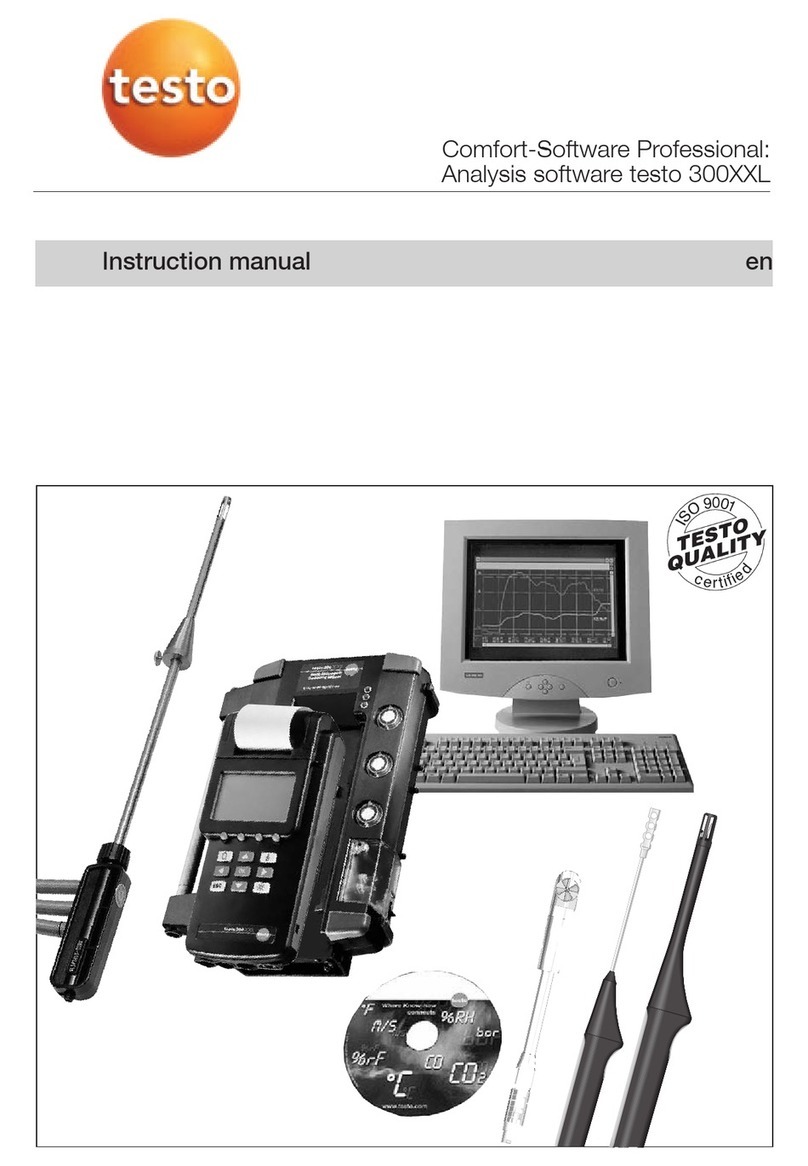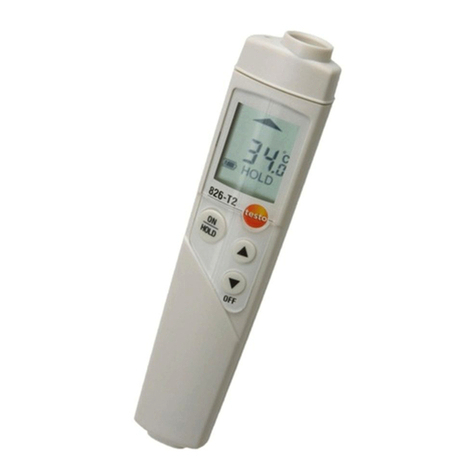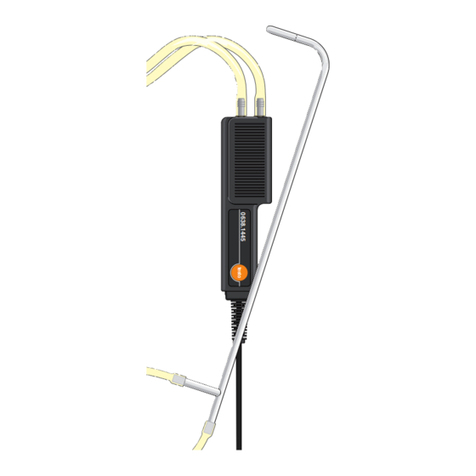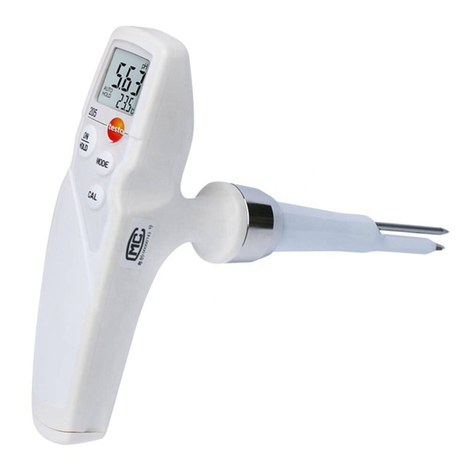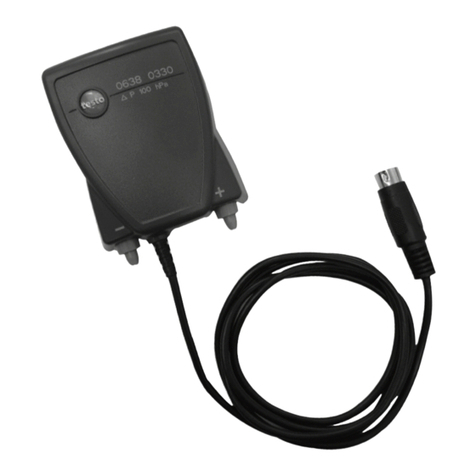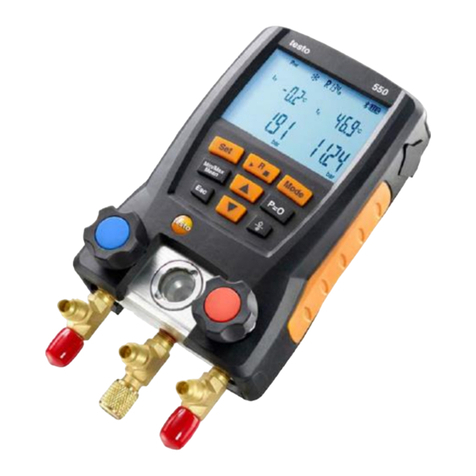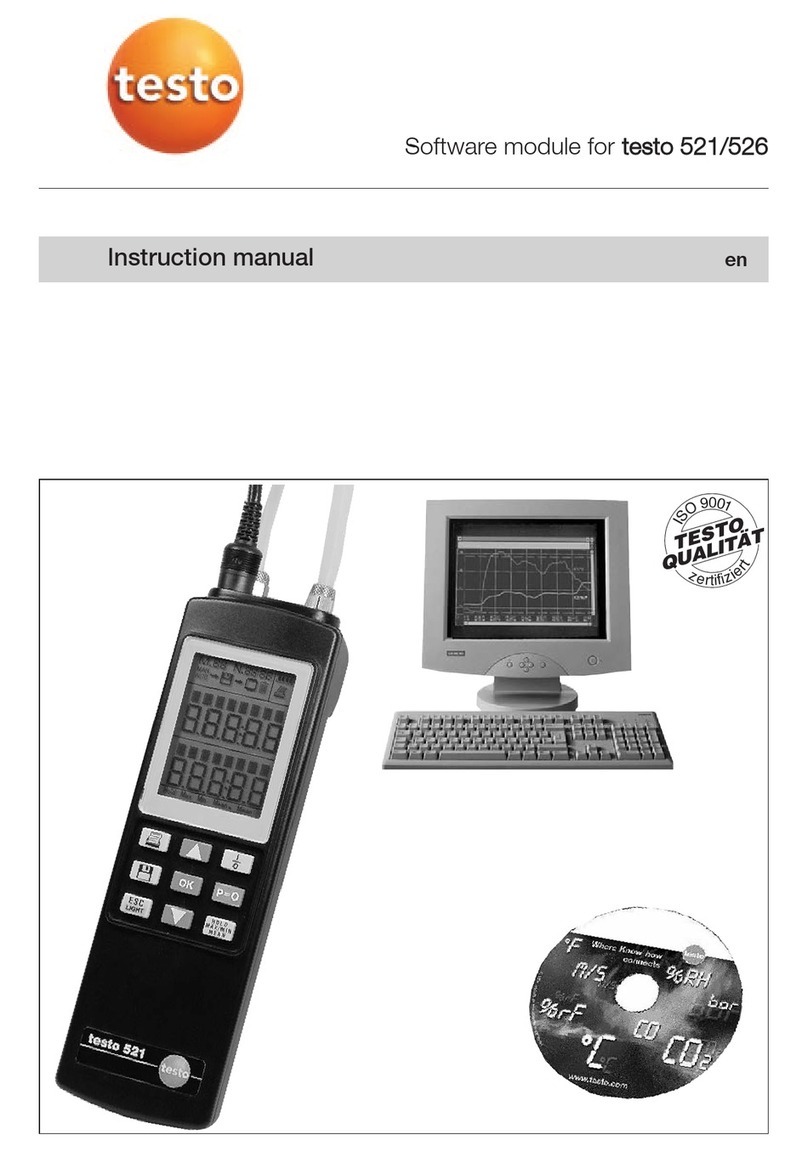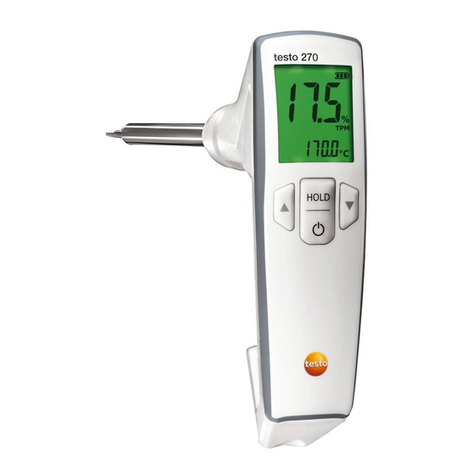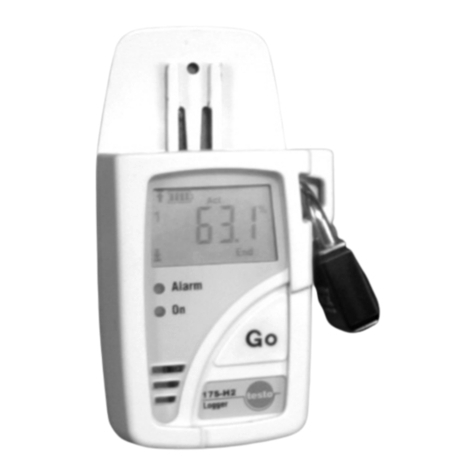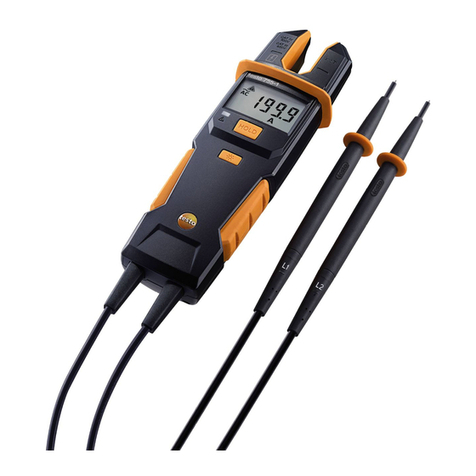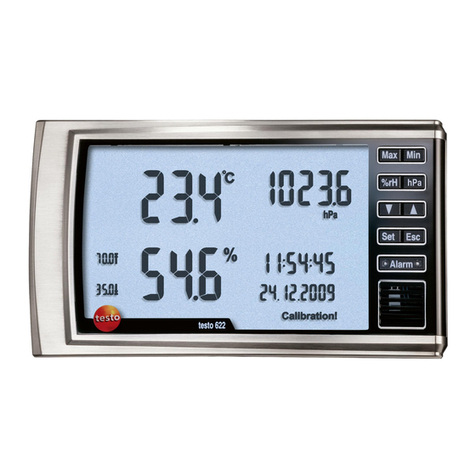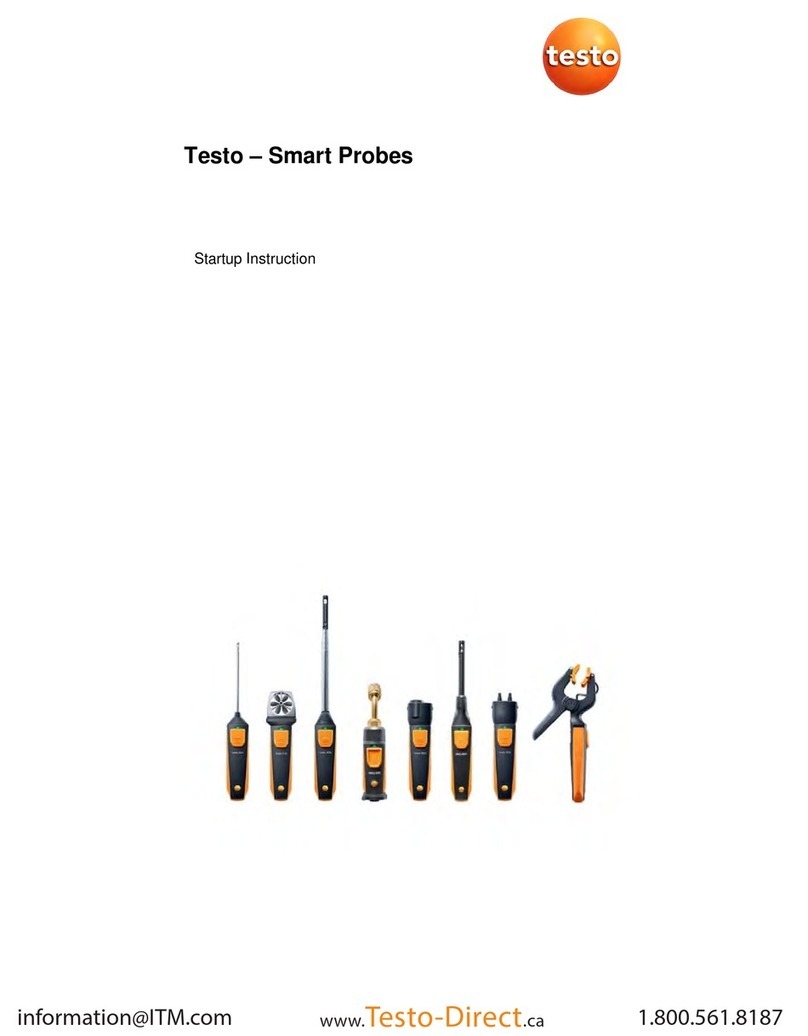
1 Contents
25
Pos: 1 /TD/Überschr iften/1. Inhalt @ 0\mod_1 177587817070_79.doc @ 1243 @ 1
1 Contents
1Contents .................................................................................................25
2Safety and the environment..................................................................26
2.1. About this document......................................................................26
2.2. Ensure safety.................................................................................27
2.3. Protecting the environment............................................................28
3Specifications ........................................................................................29
3.1. Use ............................................................................................29
3.2. Scope of delivery ...........................................................................29
3.3. Technical data ...............................................................................30
4Product description...............................................................................32
4.1. Overview........................................................................................32
4.2. Status displays ..............................................................................33
5First steps ..............................................................................................33
5.1. Commissioning ..............................................................................33
5.1.1. Inserting batteries/rechargeable batteries ......................................................33
5.1.2. Switching the instrument on...........................................................................34
5.1.3. Connecting the trigger cable ..........................................................................34
6Using the product..................................................................................35
6.1. Performing settings........................................................................35
6.1.1. Setting options...............................................................................................36
6.1.2. Factory reset..................................................................................................37
6.1.3. Key lock.........................................................................................................37
6.1.4. Internal/external trigger signal........................................................................37
7Application information ........................................................................38
7.1. General application information .....................................................38
7.1.1. Slowing down motion.....................................................................................38
7.1.2. Apparent direction of movement ....................................................................38
7.1.3. Harmonics .....................................................................................................39
7.1.4. Determing an object’s true RPM ....................................................................39
7.2. Instructions for use for the special functions of the instrument ......42
8Maintaining the product........................................................................43
8.1. Changing batteries/rechargeable batteries....................................43
Pos:2 /TD/--- Seitenwechsel--- @ 0\mod_1173774430601_0.doc @ 283 @












